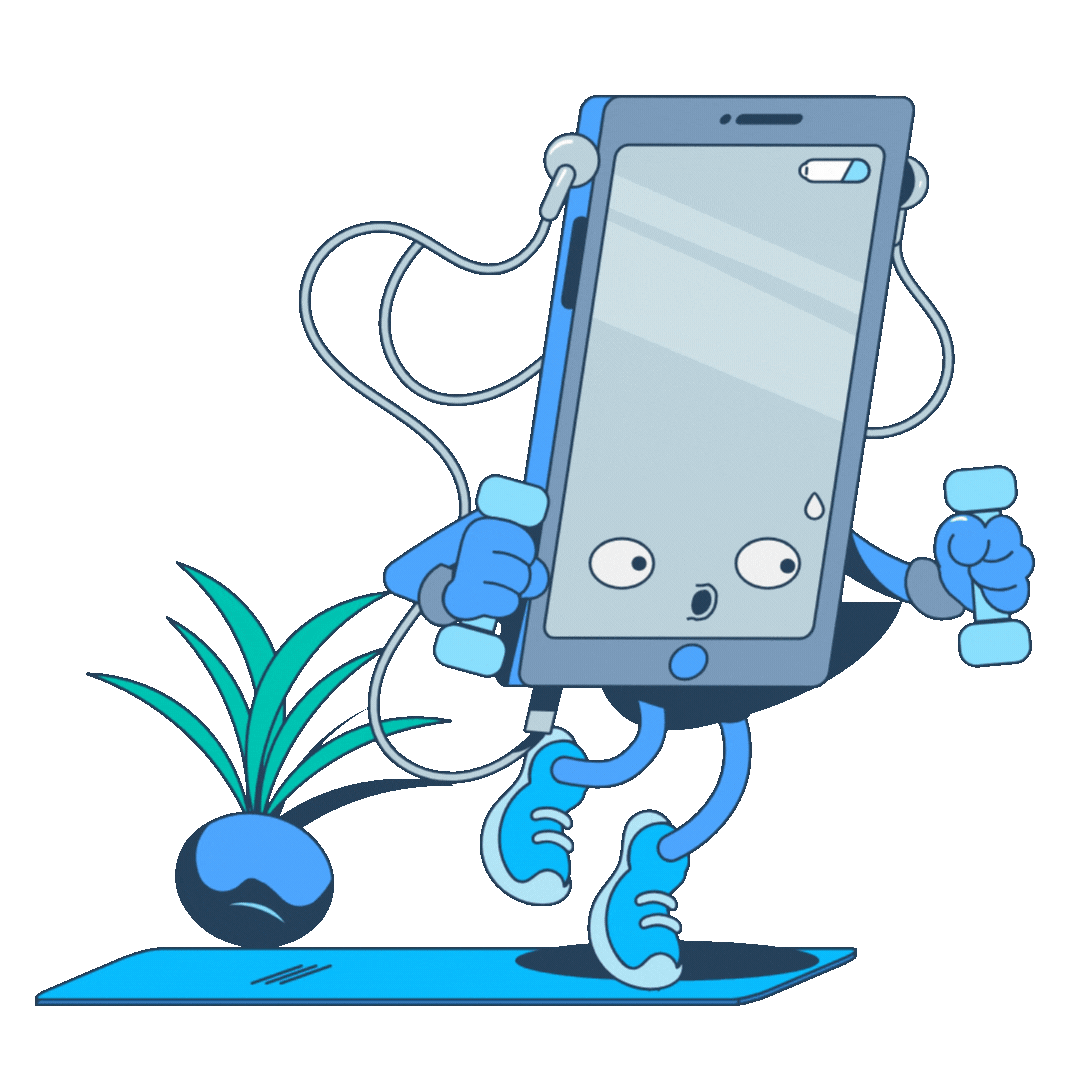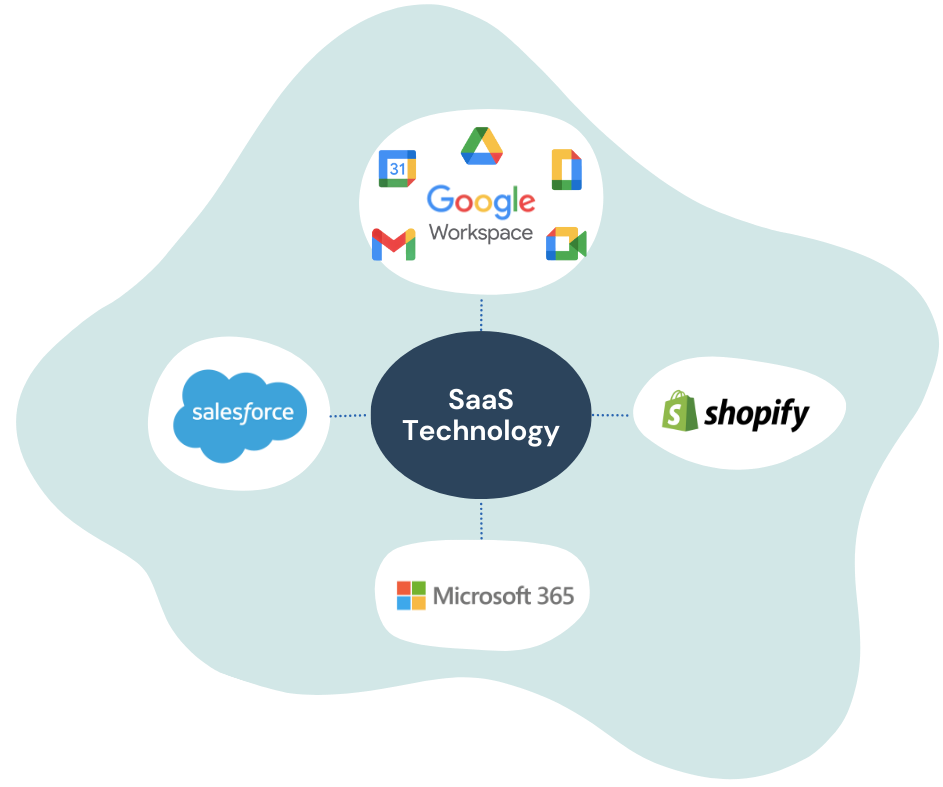The Transformative Effects of AI in Software Development

In the ever-evolving landscape of technology, Artificial Intelligence (AI) has emerged as a revolutionary force, transforming the way we approach and execute software development. The infusion of AI into the realm of coding and programming has unleashed a wave of innovation, ushering in a new era characterized by efficiency, automation, and unprecedented possibilities. This blog post delves into the transformative effects of AI in software development, exploring key areas where this symbiotic relationship is reshaping the industry.
1 ) Code Generation
AI has significantly transformed the landscape of software development, revolutionizing the way applications are built, tested, and maintained. One prominent impact is in the realm of code generation, where AI tools assist developers in creating code snippets, automating repetitive tasks, and even suggesting optimal solutions based on historical data.
AI tools can assist in code refactoring by identifying and suggesting improvements in code structure and performance. This helps developers enhance the efficiency and maintainability of their codebases.
2 ) Automated Testing
Automated testing powered by AI has revolutionized the software development process, offering developers sophisticated tools to enhance the quality and reliability of their applications. One notable application of AI in testing is in test case generation. Machine learning algorithms analyze historical test data, identify patterns, and generate test cases that cover a broad range of scenarios, ensuring comprehensive test coverage.
AI-driven testing tools also excel in dynamic test environments by adapting to changes in the application’s codebase. As developers make updates, AI algorithms intelligently adjust test scripts, reducing the manual effort required to maintain test suites and ensuring that testing remains aligned with the evolving codebase.
3 ) Enhanced Bug Detection and Testing
AI algorithms have greatly improved the process of bug detection and software testing. Machine learning models can analyze vast amounts of code and identify potential bugs or vulnerabilities, allowing developers to address them proactively. AI-powered testing tools can also generate test cases automatically, ensuring comprehensive coverage and reducing the manual effort required for testing. This leads to more robust and secure software applications.
AI has empowered developers with intelligent debugging and troubleshooting capabilities. By analyzing runtime data and logs, AI algorithms can identify the root causes of software issues and suggest potential solutions. This accelerates the debugging process, enabling developers to resolve problems more efficiently and minimize downtime. AI-powered tools can also provide real-time monitoring and alerting, allowing for proactive maintenance and continuous improvement.

Automated Testing For Bug Detection
Enhanced bug detection often involves the use of automated testing tools and frameworks. These tools can simulate user interactions, perform repetitive tests, and identify potential bugs more efficiently than manual testing.
Code Analysis:
Advanced bug detection techniques include static and dynamic code analysis. Static analysis involves examining the source code without executing it, looking for potential issues such as coding errors, security vulnerabilities, or performance bottlenecks. Dynamic analysis involves analyzing the code during runtime to identify bugs that may occur in specific scenarios.
Fuzz Testing
Fuzz testing, or fuzzing, is a technique where the software is bombarded with invalid, unexpected, or random inputs to uncover vulnerabilities and trigger bugs. It helps identify potential crashes, memory leaks, or security flaws that may not be found through traditional testing methods.
4 ) Natural Language Processing for Requirements Gathering
AI’s natural language processing capabilities have transformed the way software requirements are gathered and understood. AI-powered systems can analyze and interpret user requirements expressed in natural language, extracting key information and translating it into actionable specifications. This streamlines the communication between developers and stakeholders, reducing misunderstandings and ensuring that software aligns closely with user expectations.
Text Classification, Sentiment Analysis, and Entity Recognition
Chatbots and Virtual Assistants
Improving Query Understanding with More Accurate Search Results
Document Processing, Content Generation, and Language Generation for Software Applications
Natural Language Processing (NLP) enables software to understand and interpret human language, allowing for more intuitive and interactive user experiences
4 ) Predictive Analytics and Maintenance
AI algorithms can analyze historical data, user behavior, and system logs to predict potential issues and proactively address them. By leveraging predictive analytics, developers can optimize software performance, prevent downtime, and improve user experience. AI-powered maintenance tools can also automate routine tasks like software updates, security patches, and performance optimizations.
5 ) Intelligent User Interfaces
AI has transformed user interfaces, making them more intuitive and personalized. Natural Language Processing and Machine Learning algorithms enable software to understand user preferences, adapt to their behavior, and provide personalized recommendations. AI-powered chatbots and virtual assistants have also enhanced user support, providing instant responses and resolving queries efficiently.
Enhanced User Experience:
IUI leverages AI technologies to create more intuitive and user-friendly interfaces. By understanding user behavior, preferences, and context, IUI can personalize the software experience, leading to higher user satisfaction.
Intelligent Automation:
IUI can automate repetitive tasks and decision-making processes using AI algorithms. This reduces manual effort and improves efficiency in software development by automating routine operations, such as code generation, bug detection, and testing.
Contextual Adaptation:
Contextual Adaptation: IUI can adapt to the user’s context and provide personalized recommendations or suggestions. By analyzing user data and behavior, IUI can offer tailored content, features, or functionalities, enhancing the overall user experience.
Predictive Capabilities:
IUI can leverage AI techniques, such as machine learning and predictive analytics, to anticipate user needs and provide proactive assistance. This enables software to offer relevant suggestions, anticipate user actions, and streamline workflows.
Natural Language Interaction:
IUI enables users to interact with software using natural language, such as voice commands or text-based conversations. This allows for more seamless and conversational interactions, making software more accessible and user-friendly.
6 ) Continuous learning and Improvement
Continuous learning and improvement in AI play a pivotal role in enhancing software development processes. Through the integration of machine learning algorithms and intelligent systems, developers can leverage data-driven insights to streamline and optimize various aspects of the development lifecycle. One significant benefit is the ability to automate repetitive tasks, allowing developers to focus on more complex and creative aspects of software design. AI-powered tools can analyze code repositories, identify patterns, and offer suggestions for code improvements, leading to increased code quality and reduced error rates. This iterative feedback loop ensures that developers stay informed about best practices, emerging technologies, and potential vulnerabilities, fostering a culture of continuous learning within development teams.
Moreover, AI contributes to improved decision-making and project management in software development. Predictive analytics and data-driven insights enable:
Better Estimation of Project Timelines
Resource Allocation
Identification of Potential Bottlenecks
AI algorithms can analyze historical project data, identify trends, and provide recommendations for optimizing development workflows. This not only accelerates the development process but also enhances the overall efficiency and effectiveness of software projects. Continuous learning in AI ensures that software development teams stay adaptable to evolving industry standards and technological advancements, fostering a dynamic and responsive environment that can quickly adapt to changing requirements and deliver high-quality software products.
Conclusion
The impact of AI on software development cannot be overstated. From streamlining the development process to enhancing code quality, intelligent testing, and predictive maintenance, AI has revolutionized the way software is built and maintained. As AI continues to evolve, we can expect further advancements in software development, leading to more efficient, secure, and user-centric applications. Embracing AI in software development is not just a trend but a necessity to stay competitive in the rapidly evolving digital landscape.












